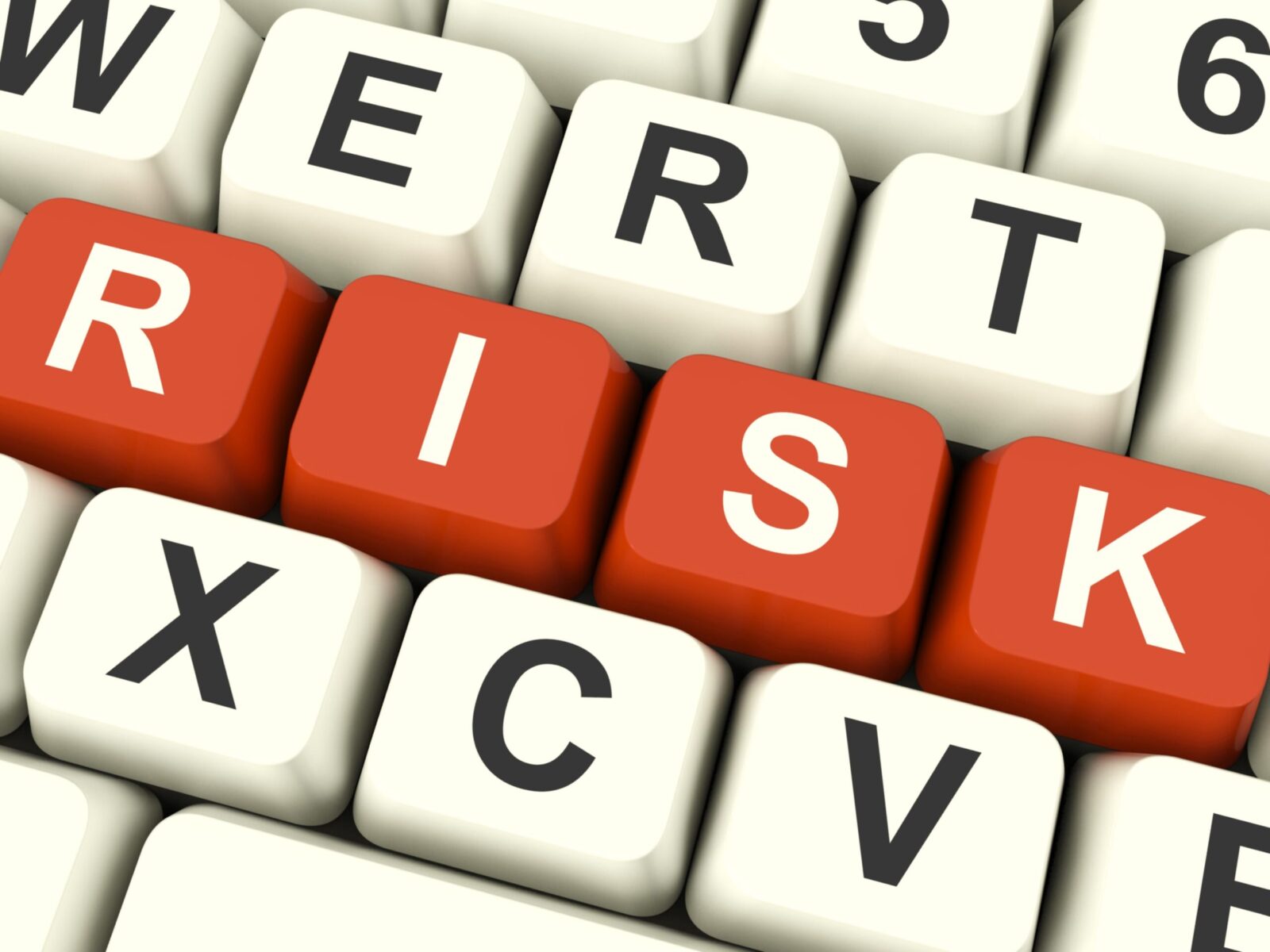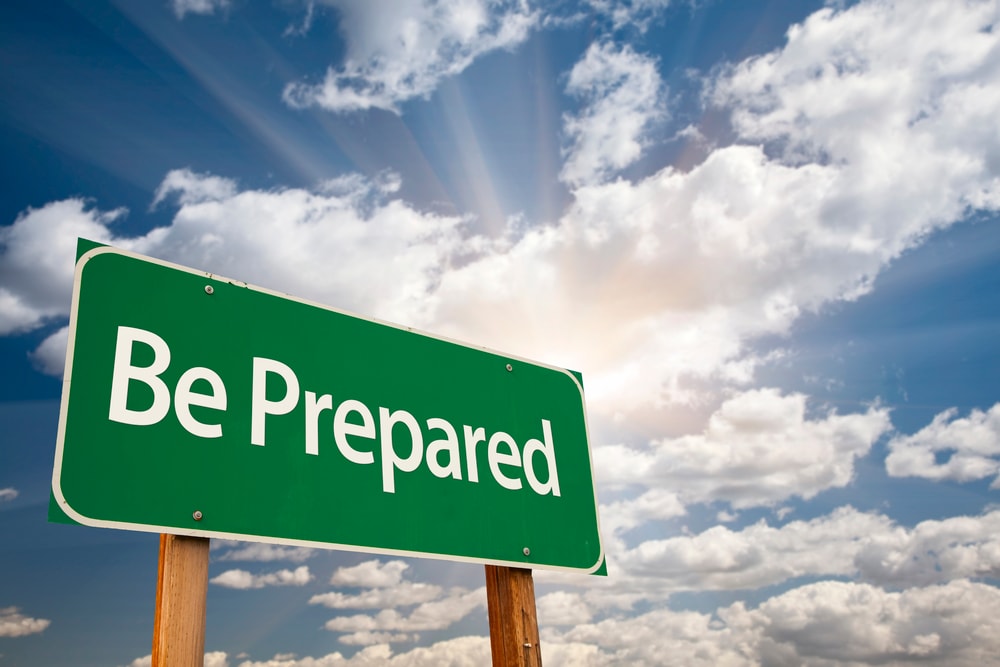Why Supply Chain Risk Management Matters
Today’s global supply chains are more connected—and more increasingly complex—than ever before. As companies expand their supplier networks, manufacturing facilities, and distribution hubs, they expose themselves to a wider range of external and internal supply chain risks.
From natural disasters and geopolitical events to supply chain attacks and demand surges, external factors can trigger fast-moving supply chain disruptions that ripple across the entire supply chain. These events don’t just affect operations; they impact supply chain performance, business continuity, and long-term trust with customers.
Why is supply chain resilience now a competitive advantage? Because companies that embed supply chain risk management into everyday decision-making gain the speed and flexibility to stay ahead—even when disruption strikes.

Understanding Supply Chain Risks
No supply chain is immune to risk. However understanding the types of supply chain risk you face is the first step toward smart risk mitigation.
Internal risks can stem from inventory management issues, communication breakdowns, or failures in information and communication technology. External supply chain risks are often harder to predict—from economic risks and natural disasters to cybersecurity threats and supply chain attacks.
When a risk event occurs—whether it’s a flood at a supplier’s warehouse or a ransomware attack—the disruption can cascade across your company’s supply chain, leading to business disruption and loss of revenue.
The goal of managing supply chain risk is to reduce these impacts through early risk identification and targeted mitigation strategies.

The Importance of a Risk Management Framework
Every company needs a formalized approach to chain risk management (SCRM). Without a risk management framework, you’re left reacting instead of preparing.
A strong risk management program starts with clear risk identification. What are the risk factors across your internal systems, partner networks, and global suppliers? Use a risk register to document and prioritize potential threats based on severity and likelihood.
But strategy isn’t just checklists and documents—it’s culture. Building a risk-aware culture across departments creates shared accountability. Teams learn to spot problems early and understand their role in addressing risks before they escalate.
The result: a more resilient supply chain and stronger business operations.
Risk Assessment and Mapping the Supply Chain
A thorough supply chain risk assessment uncovers hidden vulnerabilities before they lead to disruption.
This process highlights weaknesses across your critical infrastructure, from raw materials sourcing to fulfillment. Assess your inventory management, remote access capability, and internal systems to find gaps that could create risk.
Supply chain mapping takes this further. Visualize your upstream suppliers, logistics partners, and third-party dependencies. When one link breaks, how far does the disruption travel? Mapping reveals connections you may not even know exist—and helps pinpoint where proactive risk mitigation is needed.
A clear map and risk profile give you the tools to make your supply chain management smarter, faster, and more resilient.
Strategies for Mitigating Risks in Your Supply Chain
You can’t eliminate risk—but you can plan for it.
Start by mitigating risks through diversification. Relying on one vendor for essential materials exposes your operation to single points of failure. Work with multiple suppliers to add flexibility and reduce dependency.
Next, develop contingency plans for extreme weather events, labor shortages, and IT outages. Having recovery strategies in place—like rerouting freight, using temporary warehousing, or switching carriers—keeps things moving.
Finally, adopt software solutions and continuous monitoring tools. These help detect early signals of disruption, monitor critical data, and enable faster response across your supply chain operations.

Building Supply Chain Resilience Across Teams
Managing supply chain risk requires alignment across functions. Start by forming a cross-functional team with representation from operations, logistics, IT, and procurement.
This team should oversee supply chain practices, coordinate planning, and lead rapid response when a risk event unfolds. To support agility, embed communication protocols and emergency workflows across departments.
Make resilience measurable. Incorporate key performance indicators (KPIs) like resolution time, risk exposure, and fulfillment continuity into regular reviews. The more integrated these metrics are into your operations, the more responsive and resilient your supply chain becomes.
How a Risk Event Affects Operations
When disruption hits, the effects are immediate.
Example: A major snowstorm closes a regional warehouse. Staff can’t get in, trucks are stuck, and orders are delayed. That one risk event leads to missed deliveries, increased costs, and customer dissatisfaction.
Events like this affect operations at every level. Without preparation, the supply chain’s performance suffers—and the damage ripples far beyond the initial incident.
But companies with recovery strategies, like alternate routes, backup carriers, and strong communication, limit the impact. A resilient supply chain isn’t just reactive—it’s ready.
And in today’s world, the ability to bounce back quickly is a true competitive advantage.

Proactive Best Practices
The most resilient companies don’t just manage risk—they prepare for it daily.
Develop contingency plans for known and unknown risks before they hit. Assign owners, set triggers, and rehearse scenarios.
Promote an ownership environment where teams are encouraged to escalate concerns, share insights, and take accountability for risk identification and response.
Use predictive analytics and trend data to flag vulnerabilities. The more your decisions are based on critical data, the more agile your response will be.
Preparation doesn’t just reduce risk—it builds a culture that embraces uncertainty and turns disruption into opportunity.
Final Thoughts
Disruptions are inevitable—but your ability to respond isn’t.
Today, supply chain resilience is the backbone of reliable supply chain management. By embedding chain risk management into everyday decisions, companies improve agility, strengthen their role in the larger supply chain ecosystem, and protect long-term value.
Start now. Review your company’s supply chain, assess vulnerabilities, and explore how supply chain security and a proactive risk management framework can give you a more resilient supply chain for the future.